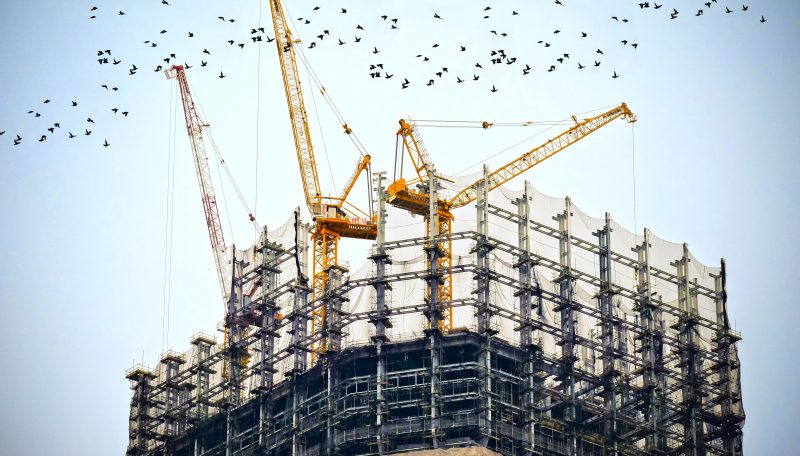In this blog post, we will review the benefits of digitalisation and prospects of developing technologies in surveying.
The construction sector has benefited greatly from the use of technology in overcoming current obstacles and adjusting to new working practises. The usage of cutting-edge technology like artificial intelligence, machine learning, and robotics in the construction sector is growing. The advantages of digitalisation and the possibilities of emerging technologies are highlighted in this article’s examination of construction technology changes and how they affect surveys.
Digital Tools and Simplified Collaboration
The massive volumes of data generated by construction operations are now being efficiently organised and structured thanks to the rise of digitalisation. And the future of surveying is no exception: it is digital, accurate, and easily available. The power of precise data is being realised in all phases of the surveying processes, and this is where the next generation of technology will assist in improving efficiencies as well.
When combined with integrated workflow and software solutions, real-time data can be transmitted between field and office teams with the press of a button. This simplifies team collaboration, solves logistical challenges, and may even help to avoid costly rework on future projects.
UAVs and drones
Remote-control drones and unmanned aerial vehicles (UAVs) are becoming increasingly popular in the surveying and mapping industries. And the future of UAVs and drones in surveying seems bright, with continual improvements and innovations primed to transform the industry.
These technologies will continue to improve efficiency, accuracy, and productivity as sensors, flying capabilities, AI integration, and data analytics improve. UAVs and drones will play a critical role in influencing the future of surveying by automating procedures, enabling autonomous operations, and giving deeper data insights.
Automation and Ai
AI has already begun to transform surveying by improving the accuracy, efficiency, and speed of traditional methods. We should expect even more novel uses in the field of surveying as AI technology advances. Building Information Modelling (BIM) is one such technique that entails collectively producing detailed digital descriptions at each project step. These exact 3D models offer a wealth of information about every physical and functional component of the construction. These systems are incorporating AI and machine learning, enabling for automation and intelligent decision-making.
Many land surveying procedures have the potential to be automated by AI, allowing surveyors to work more efficiently, accurately, and safely. Although it is still in its early stages, artificial intelligence is expected to alter the field of land surveying. Using machine learning algorithms, AI can analyse enormous amounts of data, uncover patterns, and make predictions, supporting surveyors in making educated decisions.
Given the variety of instruments at their disposal, the surveyor’s job is getting considerably easier in many respects. It is evident that digital collaboration, drone surveys, and artificial intelligence (AI) will take much of the pressure in the future – and do it with greater accuracy, speed, multi-function capabilities, and a substantially lower chance of human error.


